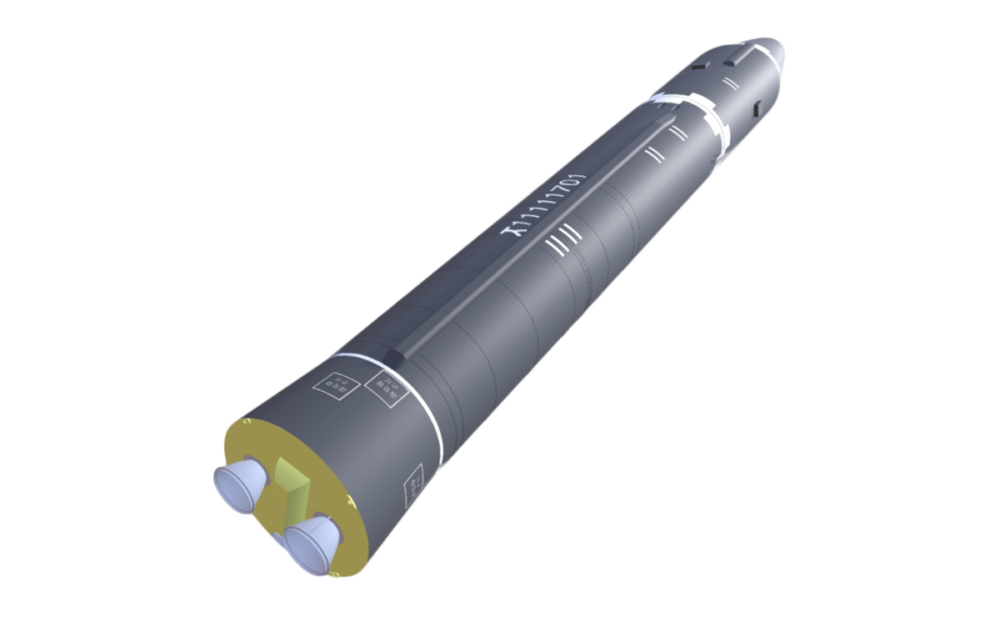
Stephanie Lieggi
Senior Research Associate, The James Martin Center for Nonproliferation Studies
On December 3rd, China's State Council published a new White Paper on Nonproliferation. In contrast to previous white papers, including the 1995 White Paper on Arms Control and Disarmament, this document is low on rhetoric and focuses on documenting recent concrete steps in China's nonproliferation policy. A discussion of China's new export control regulations takes up more than half of the paper. This new white paper gives a clear indication of progress on China's nonproliferation thinking. Although Chinese Premier Wen Jiabao's visit to the United States influenced the timing of the white paper's release, many within China's export control community have pushed for increased transparency on these issues for some time. Chinese export control officials have argued for the last year that their system is improving and that Beijing is taking proliferation issues seriously. By publishing this white paper, Beijing is telling the international nonproliferation community, and particularly the United States, that their efforts are worth noting.
While the white paper reiterates China's long held principle of "nondiscrimination" in nonproliferation issues, for the first time it also points out the importance of preventing "any country from engaging in proliferation under the pretext of peaceful utilization." This is a significant difference from past statements, and may refer to Chinese concerns about Iranian nuclear intentions. This change in attitude coincides with China's publication of stricter export controls in the last few years, including the acceptance of the "catch-all" principles. China's nonproliferation and arms control community recognizes the importance of identifying proliferation risks. While China's trade with countries such as Iran and Pakistan will likely remain an issue in U.S.-China bilateral relations, recent changes in export control policies suggests that Beijing is paying closer attention to entities inside and outside of China considered proliferation risks.
In a break from past rhetoric, the Nonproliferation White Paper does not criticize multilateral export control regimes, and instead embraces them as important models to be followed. The document points out that China "will constantly increase consultations and exchanges with multinational nonproliferation mechanisms, including the Nuclear Suppliers Group, the MTCR, the Australia Group, and the Wassenaar Arrangement." This statement, and others throughout the white paper, contrasts with official policy of only a few years ago, in which Beijing criticized these export control arrangements for their exclusive and discriminatory nature. This change in policy has been evident over the last few years, as the Chinese arms control community has shown increasing interest in participating in multilateral export control regimes such as the MTCR and Wassenaar Arrangement. While still not openly asking for entrance into any of these regimes, China's current policies and regulations would make integration into these supplier groups a possibility in the not too distant future.
In earlier white papers and policy statements, China often portrayed itself as the victim of aggression or an unfair international order, and singled out the United States as a hegemonic bully. The Nonproliferation White Paper avoids the defensive or combative language of the past. Throughout the white paper, the authors appear to avoid targeting the United States; much of the language is actually crafted instead to answer Washington's demands for more transparent and clear-cut Chinese nonproliferation policies.
The new white paper improves the level of transparency of China's export control system. The paper details the process and criteria used for China's export control decisions, and specifies the role and responsibilities of key players within the process. While some of this detail is contained in the published regulations, the white paper is the first official document to clearly and comprehensively lay out the procedures and consultation process within the export control system.
Although full of examples of progress, the white paper omits mention of the challenges still facing China's nonproliferation and export control policies. China's system continues to be plagued with problems of limited capacity and uncertain enforcement. While the paper points out that "the Chinese government has dealt with a number of law-breaking cases and administered corresponding punishment," authorities have still not publicly announced the specifics of these cases, leaving observers with little ability to judge China's enforcement record. However, the paper does point to future activities aimed at improving implementation, which indicate areas where the Chinese export control authorities may see deficiencies. In particular, the Ministry of Commerce is developing a standard catalogue of sensitive items and technologies in order to clarify which items officials and industry should be given special attention. Export control officials plan to make all information available electronically and to establish an emergency response system in order to allow entities within the export control system to communicate and cooperate more effectively and timely (Export control officials have privately complained that lack of timely information has hindered their ability to catch export control violations before they occur). The white paper specifies that officials are "strengthening the training of law-enforcing personnel, intensifying publicity and further improving the domestic nonproliferation export control system." Recent assessments of the export control system by outside observers have pointed to these issues (training, awareness, and capacity) as key problems within the system. The promise of further action on these issues is an implicit acknowledgement of the actions that must be taken for China's system to be viable.
In the last decade, China has published white papers on various security-related topics, including Taiwan, national defense, arms control and the space program. In the first arms control and nonproliferation related white paper, published in the 1995, China's discussion of export controls was short and rhetorical. In later white papers on national defense, export controls were discussed in more detail, but only as a small subsection of a much larger paper. With the issuance of this paper, export controls now rank as an issue that warrants attention from the State Council, indicating that at least some of China's top leadership is taking the issue seriously. This transformation of the issue is arguably the most influential aspect of the recent changes underway in China's nonproliferation policy.
To the frustration of many in China's arms control community, the Bush administration has been reluctant to acknowledge improvements in China's nonproliferation behavior publicly, and has continued to use sanctions as a method of coercing Chinese entities to refrain from transfers of proliferation concern, particularly with Iran. The recent white paper aims to illustrate the progress that has been made in Beijing's thinking and behavior. The movement of export controls onto the top leadership's agenda signifies that the political will necessary to make the system more effective is growing. With the U.S. trip of Chinese Premier Wen Jiabao beginning less than a week after the white paper's release, China's leadership wants to remind the United States about the positive changes in China's nonproliferation policy. The developments in the export control system listed in the white paper are a prime example of how China's recent nonproliferation policies have changed for the better.
Sign up for our newsletter to get the latest on nuclear and biological threats.
A collection of missile tests including the date, time, missile name, launch agency, facility name, and test outcome.
At this critical juncture for action on climate change and energy security, 20 NGOs from around the globe jointly call for the efficient and responsible expansion of nuclear energy and advance six key principles for doing so.
Information and analysis of nuclear weapons disarmament proposals and progress in Belarus

